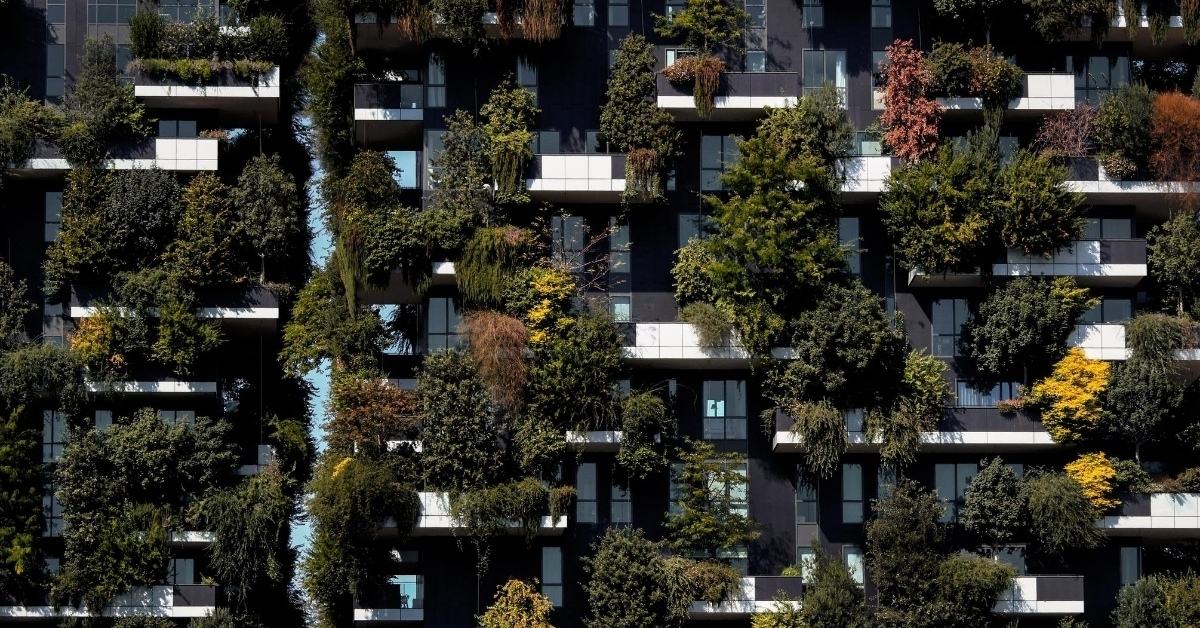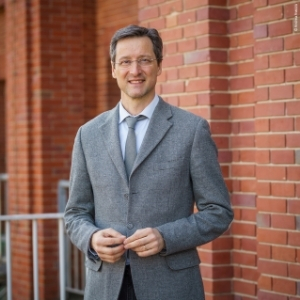The cities that we live in today are the result of town planning that is the mirror of post-industrial and mechanical society, where “zoning” (the division of the city into the historical centre, residential suburbs, tertiary zones, production zones, etc.) reflects its economic principle much like a scheme based on mass production and globalisation. These areas, urban and peripheral, are then connected by transport and physical networks.
It is plain to everyone, however, amplified by the recent crisis linked to Covid 19, that this model of city (and also of production/sharing) is now questionable and opens up the conversation to new considerations on the use of our cities and therefore also on their future urban planning.
Do we still need large buildings to concentrate the tertiary sector in? Or perhaps it is better to imagine the model of a city with less divided but more integrated (and always highly connected) functions?
This does not mean demolishing all those buildings that were intended for individual functions and which have now lost much of their meaning, but rather advocating their transformation, a graft of multiple functions capable of differentiating spaces and uses and thus truly making the inhabited reality more flexible (and also sustainable).
The principle of sustainability
The principle of sustainability (economic, ecologic, social and so on) is the cornerstone of the only possible future that we should design going forward.
Cities (which for years, around the world, have now become more populated than the countryside) can become the model of sustainable integration between people and between all of us and Nature Imagining buildings that are less "energy-consuming", more harmonious with the climate and integrated with green elements and spaces is one possible way (Stefano Boeri's Vertical Forest is an obvious icon, but think about how many flat roofs can become draining green roofs, which can also be partially integrated with photovoltaic or solar thermal panels).
High energy performance
The facades of the buildings themselves (with the obvious exclusion, in Italy above all, of historical centres of monumental value or of areas with a high landscape value) can become "new skins" with high energy performance (even productive with integrated photovoltaics) but also aesthetic (the vast majority of the post-war boom buildings will still be in use in 2050 and are evidently of little monumental as well as energy-related value, thus becoming the obvious target of such transformation).
The dry construction technologies, which make it possible to intervene both on the inside and outside of the existing envelopes, offer a series of obvious advantages: mechanical application, lightweight, reversibility, design-creation. These are essentially the contemporary "palimpsest" capable of taking the existing city towards an "upgrade" making it suitable for a more appropriate use in the future (which is already very relevant).
The city will be "very fast", because connected to ever faster and more efficient communication and sharing networks, and at the same time "very slow", based on human scale and natural biorhythms. After all, it is completely unlikely that the city escapes (it has never been able to do so) an evolution (Darwinian?) of the ways of living, producing, inhabiting that man adopts with the social and technological evolution that characterises him.
Will it be a fairer, more community-oriented and green city?
The hope is exactly that and there are many strategies and experiences in this sense. European policy itself seems to be heading strongly towards a greener future, more respectful of nature.
Experiences such as those of the Active House Alliance, as well as other similar cases, show how buildings can be respectful of Energy, Environmental and Comfort performances considering the following as an inseparable combination: People & Planet first.
Recently, the "Re-gen Villages" concept, conceived by James Erlich, clearly shows how it is possible, in the era of digital communication, to design spaces that are harmonious with nature, integrated into the living, working and even agricultural and livestock aspects, defining new small built up areas that are satellite to big cities, essentially eco-sustainable buffer zones.
The hope is that the very transformation of the current city moves towards integrated models of that type, avoiding large concentrations of production, housing, etc. in favour of a distribution of mixed functions and businesses that offer us a "resilient" and less vulnerable city (and society), as we have unfortunately recently experienced as being the one we live in today.


